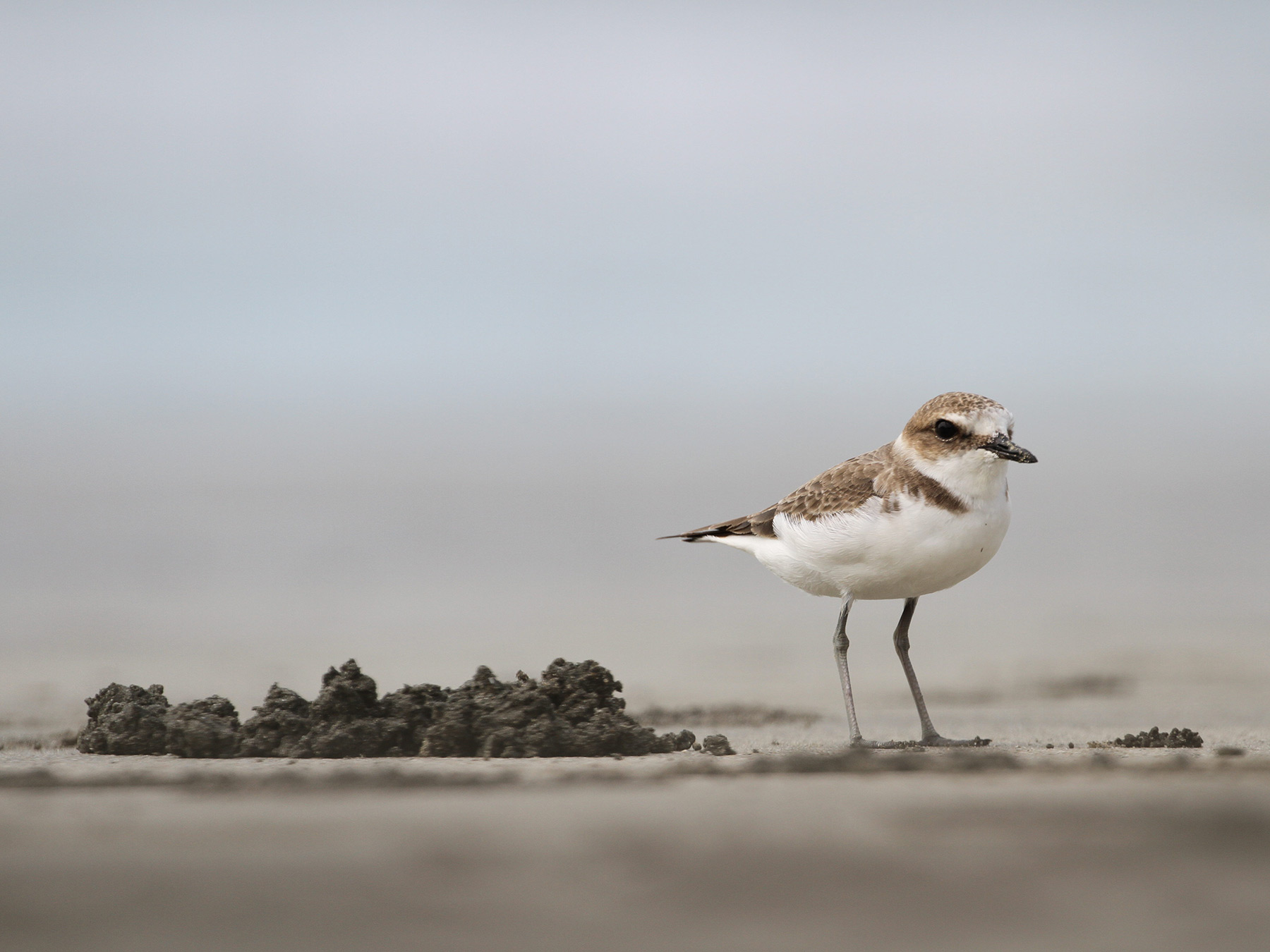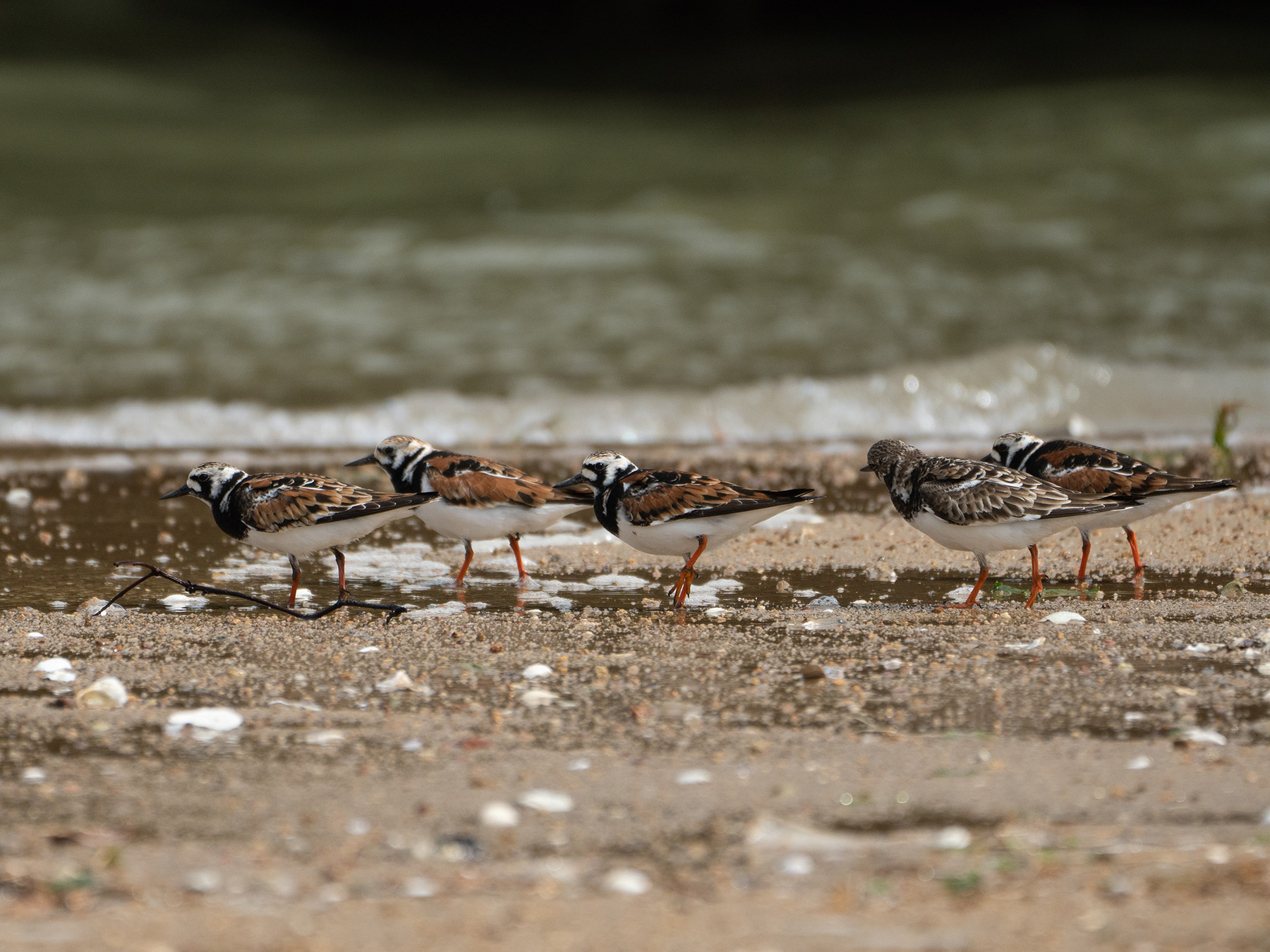On an early winter morning, a flock of shorebirds with brownish or grey plumage may be seen bobbing their heads up and down on the sandflat of Shui Hau as they search for food on the shoreline. Most of them are migratory birds that make an annual trip away from their native homes in the north to escape the harsh winters there, flying along a corridor that stretches from Russia to Alaska in its northernmost parts and encompasses Australia and New Zealand at the southern end. With such a long daunting journey, these shorebirds need a pit-stop to "re-fuel", and Hong Kong serves exactly as a stopover for them.
Hong Kong is actually not the native home to many bird species, but much like the way human visitors from all around the world are drawn to our city every year, a wide range of bird visitors also travel several thousand kilometres annually to visit their stop-over or terminal wintering grounds in Hong Kong. Over generations, the old and wise birds have passed along migrating routes with suitable habitats as stopovers so that their offspring can have places to eat and rest in throughout their exhausting journey. With abundant food and a cosy environment, the sandflat of Shui Hau has naturally become an ideal safe haven for them.
Every winter, the sandflat in Shui Hau sets a table spread of hearty meals for these little guests from afar. The sandflat harbours large quantities of aquatic invertebrates, fish and benthos, which all serve as primary food sources for the shorebirds. In order to enjoy such a diverse, delicious diet, shorebirds have evolved beaks that are highly adapted for capturing seafood. For example, the Eurasian Whimbrel (Numenius phaeopus) has a long, thin bill that can probe into the sand for worms, whilst the Kentish Plover (Charadrius alexandrinus) and the Ruddy Turnstone (Arenaria interpres) have strong and thick bills that allow them to rapidly peck at the sandflat surface to catch snails, crabs, and stranded fish, etc.
Shorebirds seem to be quite at ease and focused while searching for food, but do not be mistaken! They are actually very shy and can be easily disturbed by human activities. Much like most of us who are reluctant to eat at a noisy, overly-packed restaurant, shorebirds either avoid disturbed natural feeding grounds entirely or become more vigilant and thus spending less time foraging. Human activities such as recreational clam digging and kiteboarding, which have recently gained popularity in Shui Hau, have also resulted in a rapid decline in food supplies for shorebirds.
Now you should be able to understand how important the Shui Hau sandflat is for these migratory shorebirds as their stopover or wintering ground. Let's all do our part by minimising our disturbance to the natural environment and the intertidal species when we are enjoying the coastal fun next time! In this way, we will be able to keep Hong Kong as an ideal safe haven in winter for these visitors from the far north.


